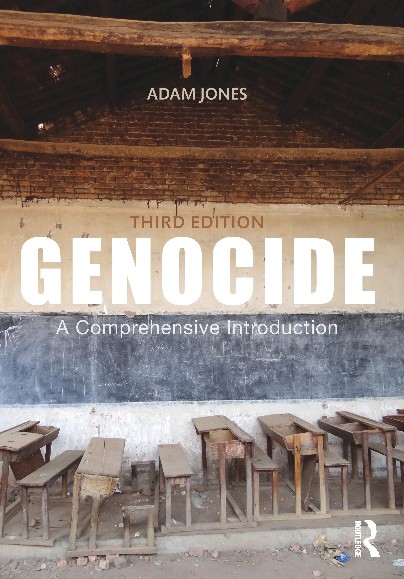Sectarian Strife in City Bodes Ill for All of Syria
By Anthony Shadid
The New York Times, November 19, 2011
"A harrowing sectarian war has spread across the Syrian city of Homs this month, with supporters and opponents of the government blamed for beheadings, rival gangs carrying out tit-for-tat kidnappings, minorities fleeing for their native villages, and taxi drivers too fearful of drive-by shootings to ply the streets. As it descends into sectarian hatred, Homs has emerged as a chilling window on what civil war in Syria could look like, just as some of Syria's closest allies say the country appears to be heading in that direction. A spokesman for the Syrian opposition last week called the killings and kidnappings on both sides 'a perilous threat to the revolution.' An American official called the strife in Homs 'reminiscent of the former Yugoslavia,' where the very term 'ethnic cleansing' originated in the 1990s. 'Over the past couple of weeks, we've seen sectarian attacks on the rise, and really ugly sectarian attacks,' the Obama administration official said in Washington. The longer President Bashar al-Assad 'stays in power, what you see in Homs, you'll see across Syria.'
Since the start of the uprising eight months ago, Homs has emerged as a pivot in the greatest challenge to the 11-year rule of Mr. Assad. Some of the earliest protests erupted there, and defectors soon sought refuge in rebellious neighborhoods. This month, government security forces tried to retake the city, in a bloody crackdown that continues. Homs, Syria's third-largest city, has a sectarian mix that mirrors the nation. The majority is Sunni Muslim, with sizable minorities of Christians and Alawites, a heterodox Muslim sect from which Mr. Assad draws much of his top leadership. Though some Alawites support the uprising, and some Sunnis still back the government, both communities have overwhelmingly gathered on opposite sides in the revolt. Here it is not so much a fight between armed defectors and government security forces, or protesters defying a crackdown. Rather, the struggle in Homs has dragged the communities themselves into a battle that residents fear, even as they accuse the government of trying to incite it as a way to divide and rule the diverse country. Fear has become so pronounced that, residents say, Alawites wear Christian crosses to avoid being abducted or killed when passing through the most restive Sunni neighborhoods, where garbage has piled up in a sign of the city's dysfunction. 'It is so sad that we reached this point,' said a Syrian priest who lives in Lebanon but maintains close relations with people in Homs, in particular the Christian community. ... The violence itself still pales before the government’s crackdown, which the United Nations says has killed more than 3,500 people. But in a dozen interviews with residents in Homs, people spoke of the city’s fabric being torn apart. Paramilitaries on both sides have burned houses and shops, they say. Alawite residents have been forced to flee to their native villages. Kidnappings, many of them random, have accelerated. Numbers are impossible to gauge, but scores have been abducted. Residents say some captives are used as bargaining chips, but not always. 'My cousin was kidnapped, and he was a civilian Alawite,' said a dissident activist from the Alawite neighborhood of Al Zahra in Homs, where locales are often largely segregated by sect. 'He was found killed and his head was chopped off.' The activist, who gave a pseudonym, Abu Ali, said his relatives text message each other with the license plate of the taxis they take. They call each other when they arrive. He said his brother, a taxi driver, no longer dares to take to the streets. [...]"
Sunday, November 20, 2011
Subscribe to:
Post Comments (Atom)















No comments:
Post a Comment
Please be constructive in your comments. - AJ